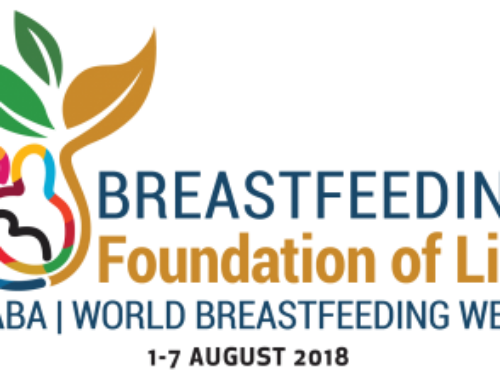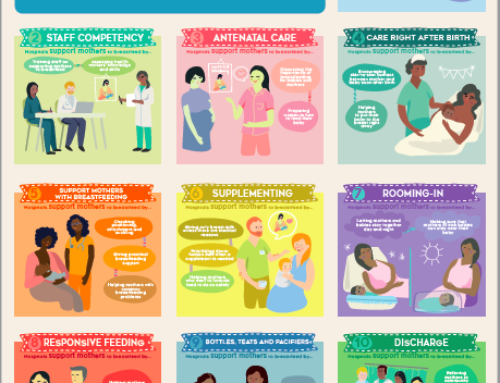
This was a recent newsletter and the response was overwhelming from people asking to have a shareable version so I have decided to add it here. Please take to heart the preamble on making sure weaning is for you before embarking on this part of your nursing journey.
Newsletter preamble: This week I wanted to write on something I spend a lot of time talking to families about. Sadly our culture is still unsupportive of breastfeeding, especially breastfeeding older infants, toddlers, preschoolers, etc. Many nursing parents find they struggle past a certain stage and if you add in the stories being told that night weaning (or full weaning) may lead to better sleep, parents can be tempted. I admit I’ve never led weaning. My daughter cut nursing out herself around age 6 after tandem nursing with her younger brother for bit. She wasn’t nursing much, but then one day we realized she just hadn’t for a while and that was that. I’m still nursing my newly-minted 4-year-old and don’t know when that will end. But I understand enough to know why people consider it and some of the mistakes I see being made during weaning from a psychological perspective.
I want to be clear here before you read my bit on weaning that the chances of weaning improving sleep is really no more than chance. Some parents find improvement, some don’t. What most don’t consider is the repercussions. Night weaning may remove the form of comfort your child has and therefore make night wakings worse, not better. Night weaning can impact nursing behaviour outside of the night period or may have a strong enough effect on your supply alone (depending on the proportion of nursing your child does at night) to result in the loss of production of milk, something some parents find out too late and leads them to regret the decision to night wean. Night weaning may make your child angry because of some of the reasons I touch on below and this can have an impact on your relationship.
All this said, sometimes weaning is necessary. Sometimes there are medical issues, sometimes there are aversions that cannot be tolerated, sometimes there are other kids on the way, and sometimes the nursing parent is just done. I have offered my weaning approach to these families, but never without full consideration of the possible side effects. So I ask as you read this to be sure that if you are considering weaning, to make sure you have truly thought it all through. If you can, talk to an IBCLC in case whatever it is that’s bothering you is something that may be resolved without weaning.
However, if you are certain and ready, I hope this information is helpful to you.
Weaning – whether full or day or night – is something that is often fraught with lots of emotions. It may be a decision made for the mental or physical well-being of the nursing parent or it may be out of necessity for health reasons or it may just be that one side of the equation is just done. However, even when a nursing parent is just done with breastfeeding, it can be very hard to move from that mental space to actually implementing something that works.
I realize there are tons of weaning articles out there and many people feel strongly about, so why offer another one? Especially as I’m not an IBCLC? It’s because I see weaning as something that – for most children – is an anxiety-provoking event that can be very difficult to navigate. Despite the best intentions of many of these articles to discuss providing support during these times, I do feel we can do better given what we know about anxiety, coping with anxious situations, and how children learn to face these hard times.
So here you have it, my “anxiety perspective” on weaning…
Relevant Information
A bit of background if you will. Many of us worry about the idea of “anxiety” and our children; however, anxiety is a natural, normal part of life that we all experience and a certain level of anxiety can help us learn and grow. Unfortunately, too often people push that limit too far for kids and this is where it has the risk of becoming unhealthy or traumatic. When it comes to weaning, I believe we have to start with the premise that the nursing relationship is not just about nutrition, but one of the primary ways that the child bonds with the nursing parent (though obviously a bottle-feeding baby will bond in other ways – I am NOT saying others don’t bond, but that when nursing happens, it is a means by which attachment is facilitated). As such, we have to be aware that weaning may be seen as a potential breaking of the bond, especially if the child is younger and doesn’t comprehend why or what is going on. It is almost a guarantee a child will experience some anxiety when going through the weaning process, but our goal is to reduce the anxiety to the point where the child is in that optimal zone for learning new things (or completely below it which, in this case, would be ideal, but unlikely).
The following are the key elements for a low-anxiety weaning process:
Time. You must know that this is not a quick process in my view. I know there are 3-4 day weaning techniques and if you had an urgent situation that required weaning (e.g., a medical issue), I would absolutely recommend that; however, I believe to respect the anxiety a child can feel, more time is needed (especially for orchid children).
Preparation. I believe most of the work is done up front in the preparation, not during the actual weaning time. In fact, in most cases, when the work has been done up front to reduce the anxiety, the actual weaning time may only be a week, or even less.
Responsiveness. You may try weaning and discover that your child is highly distressed by it. If this is the case, then I recommend reconsidering your options (if you can) and coming up with other ways you can meet your needs for a break with your child’s clear need to continue connecting in this manner. However, I would also recommend continuing with the preparation stages in order to try again in a while to see if that work has allowed the change to be less anxiety-producing.
During all of this time, I recommend lots of stories and discussions around weaning to help normalize this process. Most anxiety stems from the unknown so knowing that they aren’t alone and others have handled this can be very helpful.
The Steps
1. Introduce a visual cue to when your child can and cannot nurse. Children are visual in nature and like to have control over knowing when something is happening instead of having to ask (which can result in rumination and anxious thoughts). Having a visual sign of when the breasts are “asleep” or “awake” (we use this terminology as kids tend to understand it better) allows them to check on their own and learn the patterns on their own. Some people use that awful Gro-Clock that’s designed to keep kids in bed (ugh), but does work well for this purpose. Some just have a light they can control through their phone. You do not want your child seeing you manipulate the light so it should be something you can either set a timer to or modify from a distance.
Once you have something to use, spend a couple weeks using it during the day at easy times when your child would normally not nurse and when you go by the light, point out the colour of it. When your child asks to nurse, check to see if the breasts are asleep or not and then go from there.
2. I recommend focusing on making it clear to your child how other ways of engagement reflect the bond and love you have for them. As mentioned above, nursing can be a crucial way our kids feel loved and connected and so our job is to make sure there’s a viable alternative to removing that. This means as they get used to the breasts sleeping, you also want to find ways to make your child know that you love them and are connecting with them without nursing. Many of us do this naturally but we don’t necessarily make a point to our kids about this and that means they can forget that our cuddles or playing puzzles or whatever is actually a form of connection.
In order to do this, pick a few things that you and your child enjoy doing and when you do them, point out how much you love them and love doing this with them. Tell them it fills your heart with love and you feel so close to them when you’re doing these things. When we make explicit to our kids that these other things matter, they are able to better internalize that there are different ways to connect and our removal of nursing is not a removal of love as they already have these other means for connection.
3. Build up confidence in handling waiting. What happens if your child asks to nurse during a time when the breasts are asleep? This can be quite distressing for young kids and our job is to help them build up their sense of self-efficacy in coping with this hard time. Imagine your child being told for the first time that the breasts are asleep, it is likely going to be anxiety-provoking because they will wonder when – or even if – the breasts will ever wake again. It doesn’t matter if they’ve seen the light off sometimes and then on, they haven’t had the experience of knowing it changes for them.
This is why the first time they see it, you’ll need to point it out and ask if they would like to sit and watch it. If it’s not within a couple minutes of changing, watch for a couple minutes, then arrange for it to change (I recommend figuring out how to do this ahead of time so that you can make it happen seamlessly). They may be upset for that waiting time and if that’s the case, I don’t recommend waiting longer than one minute. Do not say you’ll nurse anyway or show them you can change it, the goal is to show them they can handle the waiting. Once the time changes, point out to them that they did it and make it all about their success.
4. Once your child is able to handle some waiting during the day, you can consider trying some nighttime weaning, but contrary to setting a specific time, I recommend doing the same approach as daytime in terms of building up the time and making it a gradual and slower transition. Keep the light to “sleep” for a spell but if your child wakes, see if they can handle one minute before changing the light to awake and build the time slowly. Remember that although they will have had experience during the day, our brains are not at full capacity at night and they may forget that they can do this at first which is why their anxiety will rise and you want to keep it to a minimum time of waiting. As they adapt at night, you can go longer until they are able to remain calm enough to fall back asleep without the breast.
There you have it – the steps to do what you can to reduce anxiety during weaning for those who need it. If you would like a downloadable version of this to print and/or share, you can download it HERE.






Thanks for the article Dr. I don’t know what to do with my 27 mo, he dayweaned himself and I would like to wait for natural weaning if he nurses only in the morning, and before sleeping, but I’m tired of night nursing, how can we practice the skills?
Thank you for this information. I was just wondering if you had any recommendations for a visual timer? Cheers, and love your work!